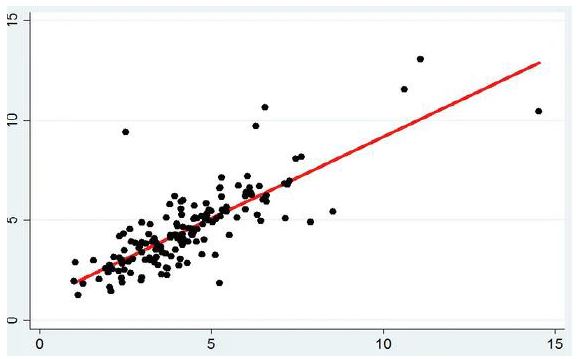An Assessment of the Economic Effect of Industry Clusters on Economic Development in Zambia - A Case Study of the Lusaka South Multi Facility Economic Zone
DOI:
https://doi.org/10.5281/zenodo.10781322Keywords:
Industry Clusters, Multi Facility Economic Zone, Effect, Economic DevelopmentAbstract
This paper sought to assess the economic effect of industry clusters in the Lusaka South Multi Facility Economic Zone (LS MFEZ) on economic development. The objectives of the study were: to investigate the factors that promote economic growth in LS MFEZ, to determine the economic contribution of the industry clusters in LS MFEZ and, to investigate the constraints faced by the firms operating in LS MFEZ. The major findings of the study were that the firms operating in the LS MFEZ were influenced by aspects related to reduced costs of operations, access to advanced technologies and reduced transaction costs. The study observed that the LS MFEZ contributed to the creation of employment for both skilled and unskilled labor. Further, the study revealed that operations in the LS MFEZ promoted the growth of the transport sector and strongly contributed to local and international trade. The study was also informed of various constraints faced by the firms operating in the LS MFEZ and these included huge capital requirements, inadequate infrastructure, and lack of other essential services such as electricity among others. The research recommended skill trainings for local workers as well as a policy that supports the financing and infrastructure development for the industry clusters.
Downloads

Downloads
Published
How to Cite
Issue
Section
License
Copyright (c) 2024 Zoe Chisanga, Lubinda Haabazoka

This work is licensed under a Creative Commons Attribution 4.0 International License.











